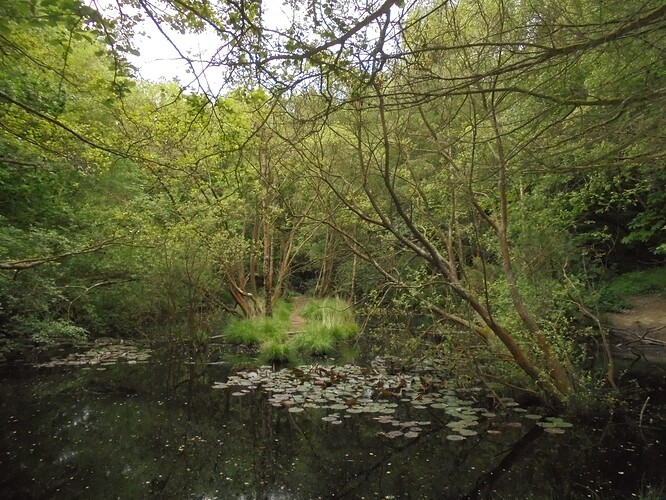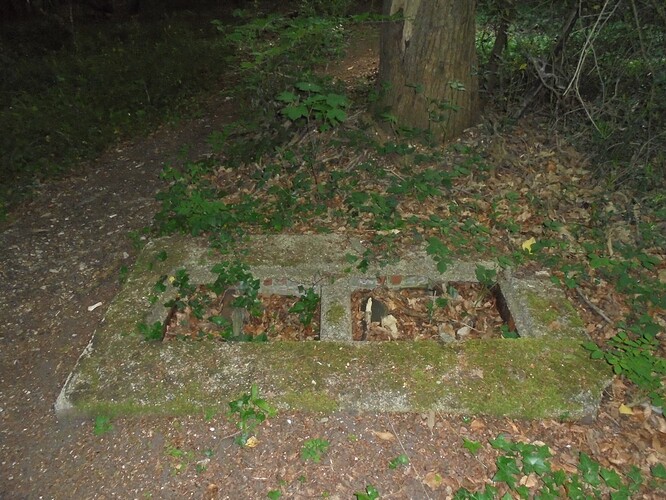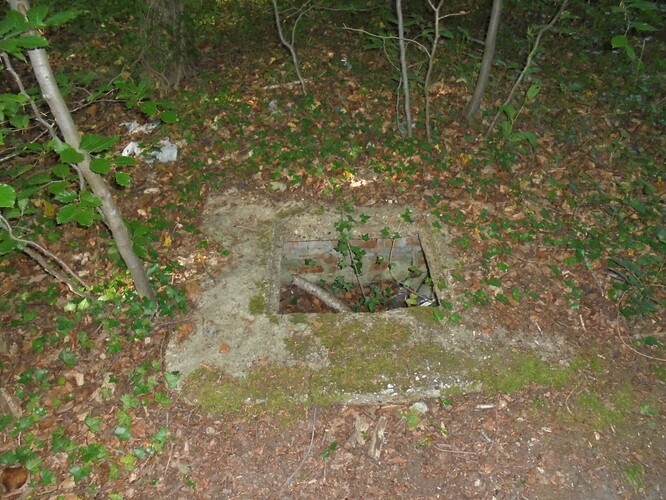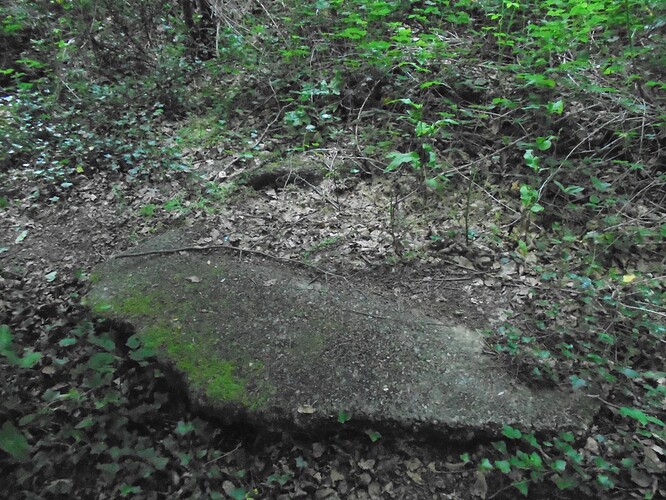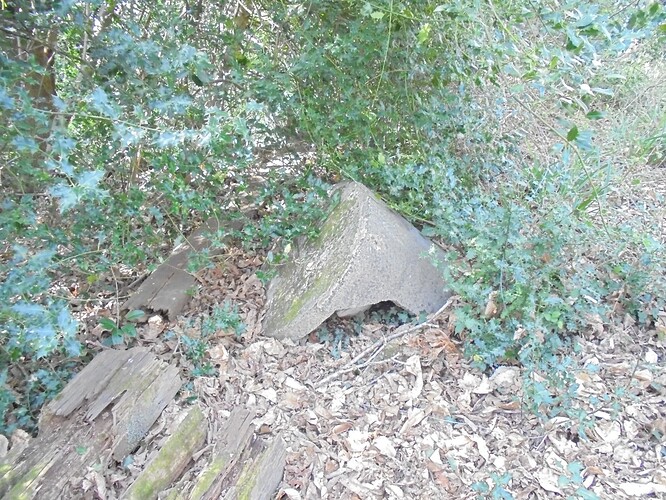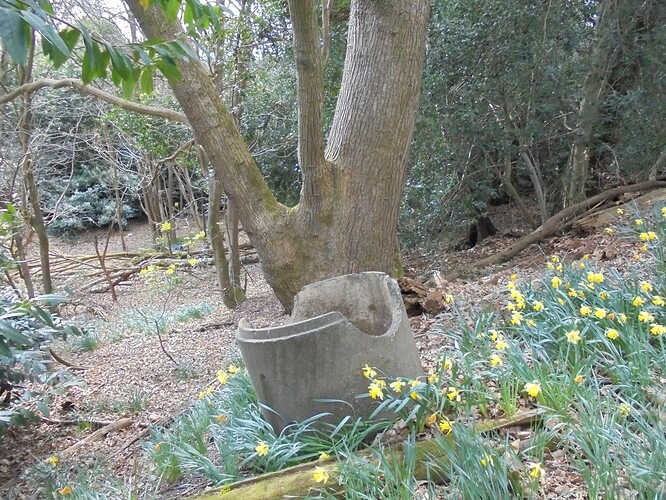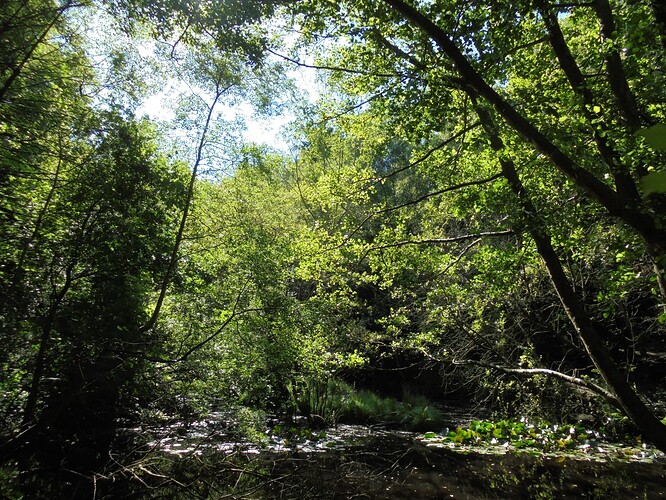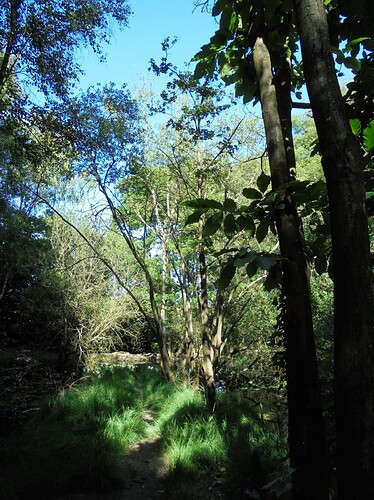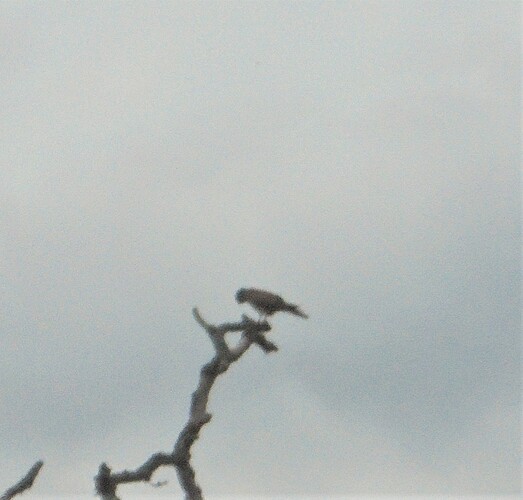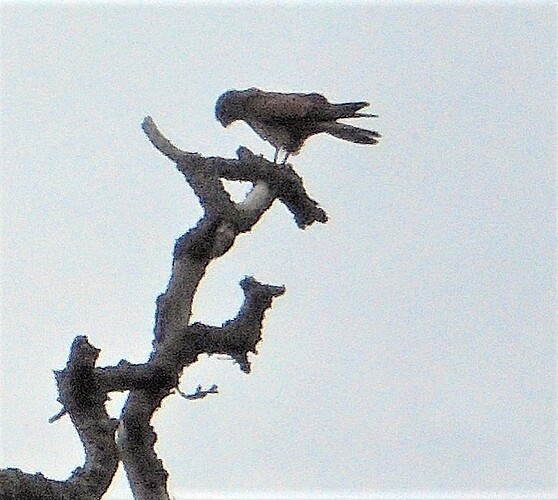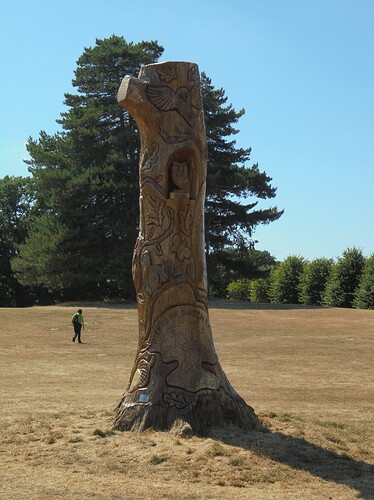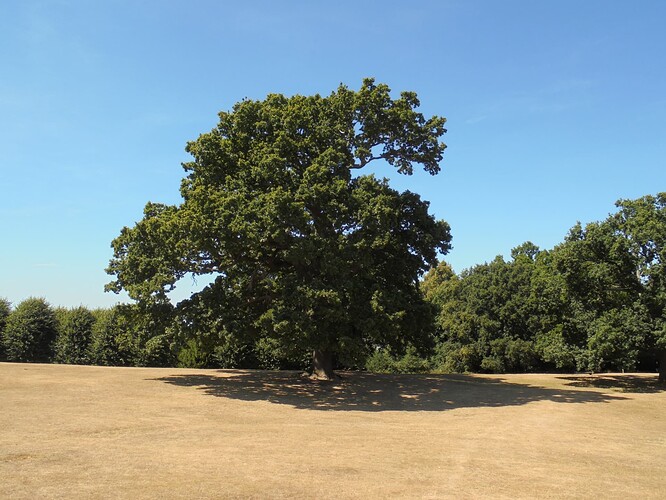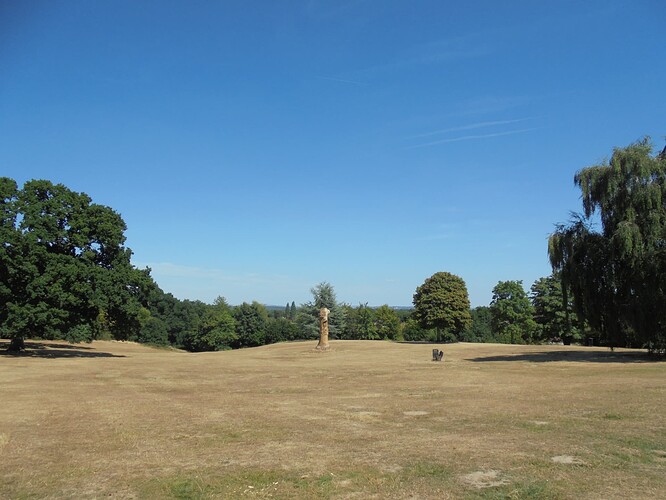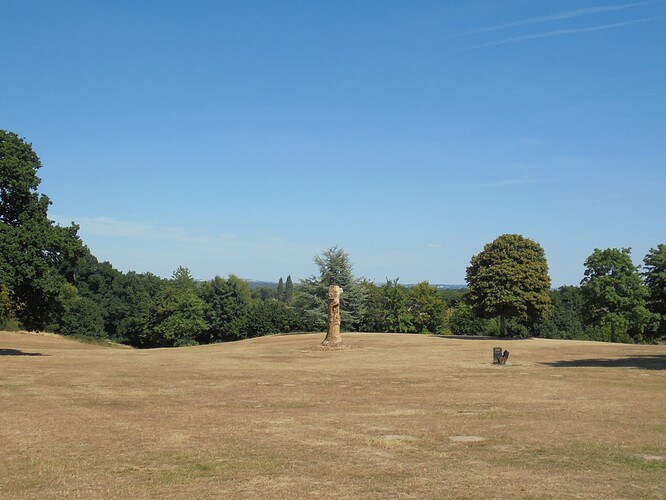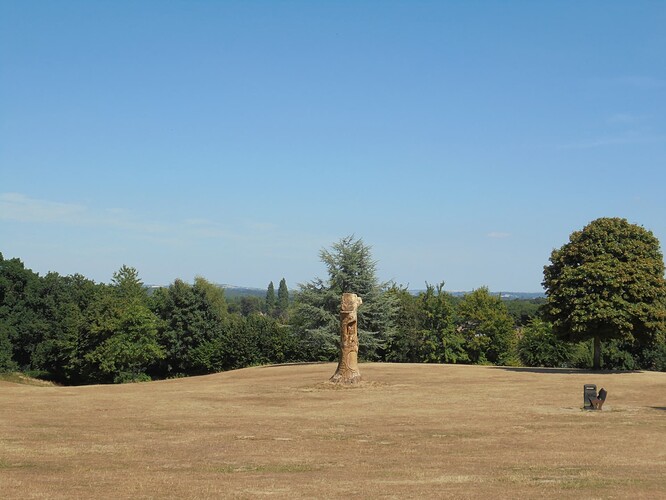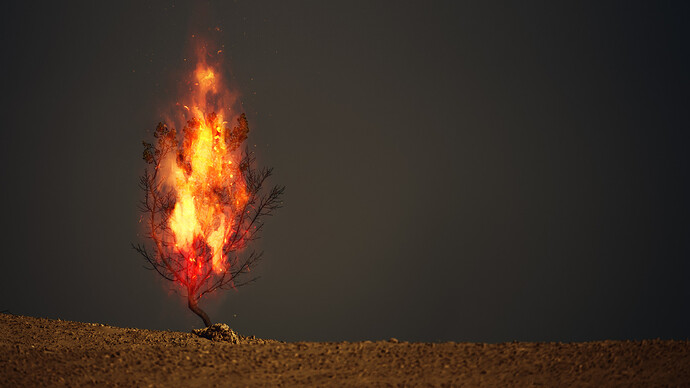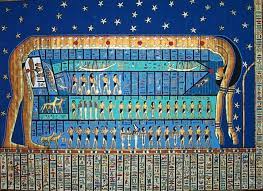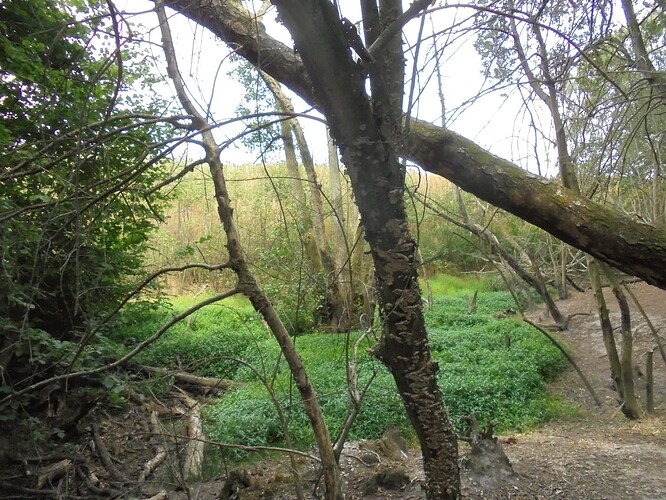I’ve also heard that the “burning bush” was situated in a volcanic area, and that such things are not unknown, quote; "A British scientist is making two claims about Jewish history this Passover season that could surely spark discussion over the Seder meal.
Colin J. Humphreys of Cambridge University has concluded that science backs traditional beliefs that the Israelites’ exodus from Egypt was led by Moses pretty much the way the Bible and the Haggadah ritual tell it.
He also says that Mt. Sinai, where Scripture says Moses received God’s Law, is in Saudi Arabia, not Egypt’s Sinai Peninsula – thus moving a key site for Judaism into the nation where Islam was founded.
Humphreys’ approach is to read the Book of Exodus as literally as possible and search for scientific explanations of what is recorded.
The biblical account of the mountain’s shaking and emitting fire and smoke (Exodus 19:18) must mean that the holy mount was an active volcano, he said. He has carefully examined ancient and modern records to fix the site.
His candidate is Mt. Bedr in northwestern Saudi Arabia, because there were no volcanoes in what was later named the Sinai Peninsula. For different reasons, other scholars also have suggested that the Mt. Sinai of the Bible was in Arabia.
Humphreys also thinks that near Mt. Bedr, Moses experienced God’s call at the “burning bush.” He suggests that the phenomenon was caused by flammable natural gas or volcanic gas escaping from a small vent in the ground." https://www.latimes.com/archives/la-xpm-2003-apr-12-me-religsinai12-story.html
Quote; "Suggestions have been made that the Dictamnus albus plant, found throughout northern Africa is a candidate for the burning bush. In the summer, the plant, also known as the “gas plant,” exudes a variety of volatile oils that can catch fire readily and may give the impression that the bush is burning. So was Moses witnessing the combustion of a mix of terpenes, flavonoids, coumarins and phenylpropanoids? An interesting hypothesis about the burning bush, but one that can be readily doused.
The plant’s volatile oils do not catch fire spontaneously, they need a source of ignition*. Moses is unlikely to have been walking around with flintstones looking for bushes to ignite. And when the vapours coming off the Dictamnus albus plant do ignite, the flash lasts just a few seconds. Had the flash managed to set the leaves on fire, the bush would certainly have been consumed. So if the Moses really did see a burning bush that was not consumed, well, maybe he was seeing things. At least that is the opinion of Benny Shanon, professor of cognitive psychology at the Hebrew University in Jerusalem.
Professor Shanon suggests that Moses may have been having a hallucinatory experience. And he bases that theory on his own fling with plants that can alter consciousness. It seems Shanon was once invited to a religious ceremony performed by natives of the Amazon where he had the opportunity to taste a potion made from the ayahuasca plant. Off he went on a hallucinogenic trip which he described as having spiritual connotations! It isn’t clear exactly what he meant by that, but clearly he liked the experience because he claims to have repeated it hundreds of times, even writing a book on the subject. If it happened to him, it could have happened to Moses, he suggests, perhaps somewhat tongue in cheek." https://www.mcgill.ca/oss/article/you-asked/there-scientific-explanation-behind-moses-and-burning-bush
*Nb."And mount Sinai was altogether on a smoke, because the LORD descended upon it in fire: and the smoke thereof ascended as the smoke of a furnace, and the whole mount quaked greatly. (Exod. 19:18)
According to the biblical record of the Exodus, the Hebrews spent eleven months and five days encamped at Mount Sinai. During the initial months of their stay, the mountain was associated with a frightening display of dense clouds, smoke, fire, thunder, lightning, earthquakes, the sound of a loud trumpet, and the voice of God. Multiple scriptures reference these phenomena, e.g., Exod. 19;16; 20:18; Deut. 4:11-12; and 5:23." https://ancientexodus.com/was-mount-sinai-a-volcano/

